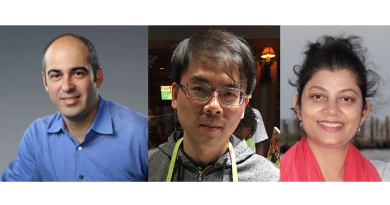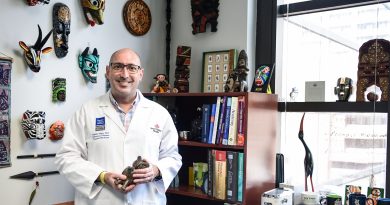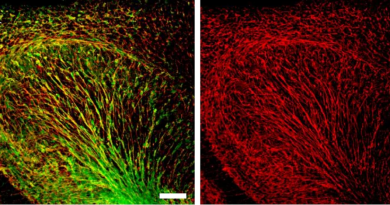Congratulations, Dr. James R. Lupski, 2024 Mendel Lecturer and recipient of the Gilded Pea Award!
What an absolute privilege to see the giant of genomics James Lupski receive the Mendel award at the #eshg2024 pic.twitter.com/YH1yByMFBZ
— Ambrin Fatima (@AmbrinFatima1) June 4, 2024
Dr. James R. Lupski receiving the Gilded Pea Award in Berlin, ESHG 2024. Video courtesy of Dr. Ambrin Fatima.
In the last 42 years, Dr. James R. Lupski has delivered more than 620 lectures in 37 countries, but none was received with nearly the same enthusiasm as his Mendel lecture this past June in Berlin. “Never before have I received a total and spontaneous standing ovation at the end of my talk,” he said.
The 2024 Mendel lecture took place on the last day of the European Society of Human Genetics (ESHG) Conference, a four-day major scientific event organized by the European Society of Human Genetics. The ESHG Annual Conference is typically a widely attended event. This year, the conference hosted 5,500 on-site and 1,000 online participants from more than 90 countries. Through talks by notable speakers, concurrent symposia, poster and oral presentations and educational sessions, participants found opportunities for disseminating and learning the most recent advancements in the fields of human and clinical genetics, both scientifically and technologically.
The conference is a unique opportunity to meet, share results, build scientific projects and collaborations and get inspired. It’s also the perfect setting to recognize noteworthy scientists for their life-long scientific contributions to the field.
On June 4, the ESHG gave its most prestigious award, the Gilded Pea Mendel award, to Lupski.
The Gilded Pea symbolizes the revolutionary work Gregor Mendel conducted with pea plants in the 1800s. He discovered the fundamental laws of inheritance and deduced that genes come in pairs and are inherited as distinct units, one from each parent. Genetics has come a long way since Mendel and Lupski is one of the main reasons for the field’s advancement.
The standing ovation Lupski received at the award ceremony was a vivid testimony to the fact that not only the scientist but also Lupski the man is held high in the human genetics’ community.
Dr. Christian Schaaf, posted on X: “Lupski is a true giant in the world of genomics: touching personal messages and brilliant delivery, promoting data sharing and international collaboration.”
Dr. Claudia M. Carvalho said: “Jim Lupski defined genomic disorders and created an entire new study field in human genetics. This is a wonderful recognition at #ESHG2024.”
Dr. Claudia Gonzaga-Jauregui: “Proud to be a LupskiLab member for life and grateful for everything I learned from Jim as a grad student. Most well-deserved award! Bravo!”
Dr. Zeynep Coban Akdemir: “So proud to be one of the mentees to Jim Lupski. He is a fabulous mentor besides being an amazing scientist! I have learned so much from him!”
Dr. Ambrin Fatima: “What an absolute privilege to see the giant of genomics James Lupski receive the Mendel award at #ESHG2024!”
The scientist
During his career, Lupski has discovered new disease genes, had a medical condition, Potocki-Lupski syndrome, named after him and developed innovative diagnostic approaches.
As of June 2024, he has coauthored more than 980 scientific publications, including 115 in The American Journal of Human Genetics and 24 in the European Journal of Human Genetics. He also is co-inventor on more than a dozen of DNA molecular diagnostic tools patented with the United States Patent and Trademark Office.
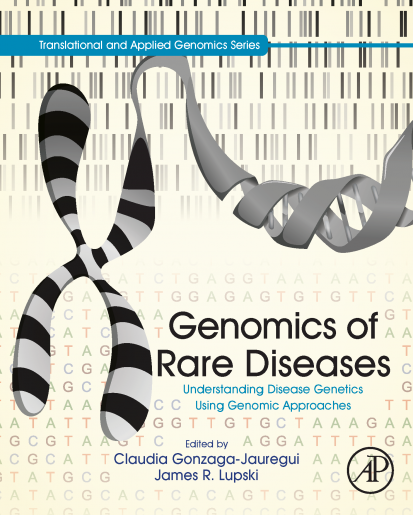
“But these are not the reasons why ESHG has given Jim the Gilded Pea award today,” said Dr. Han Brunner, professor of human genetics at University Hospital St Radboud in Nijmegen, The Netherlands, during the award ceremony. “Jim has made unique contributions to the field.”
Lupski’s work has broken new ground in the human genetics field, pioneering new ways of thinking about the inheritance of genetic diseases. Thirty years ago, Lupski discovered the first genetic cause of a dominant form of Charcot-Marie-Tooth (CMT) syndrome, a group of degenerative diseases that affect the nerves that control movement and sensation in the arms and legs. The genetic underpinning was not a mutation, it was an inherited duplication of a normal gene.
This discovery was surprising and raised many questions. For instance, “How would two copies of a perfect gene cause a problem? Subsequently, it was found that absence of the same chromosomal region causes another type of neuropathy,” Brunner said. “Jim’s finding led to the understanding that disease can arise from changes in the number of copies of normal genes, because they lead to too much or too little of a gene’s function.”
Lupski’s team also has answered another fundamental question. Why do these deletions or duplications happen at precise breakpoints in the DNA? “Jim and his students identified chromosomal structures and recurring DNA patterns or motifs at the breakpoints, that predispose to deletions, duplications and also to inversions and translocations, all of which alter the normal DNA sequence and can lead to disease,” Brunner said.
The team also developed sophisticated models to explain exactly what happens at the chromosomal level when a genomic disorder arises by breakage of DNA and subsequent imperfect repair by the cell.”
In addition to his work on CMT, Lupski has studied many other neurological disorders with a focus on neurodevelopment and neurodegeneration, as well as genomic disorders, eye diseases, birth defects and more. CMT, however, holds a personal interest for Lupski. He and three of his seven siblings have a form of the disease.
The man
Lupski was born in Hicksville, on Long Island in New York. As a child, he developed a condition that caused foot deformities and difficulty walking. Having 10 operations during high school and the first few years of college led to him spending considerable time in a wheelchair or on crutches.
I spent most of high school being home-schooled. I only had tutoring for a couple of hours a day, four days a week, leaving me with plenty of free time to explore my scientific curiosity,” Lupski said. “It was my home tutor who introduced me to DNA.”
After obtaining a bachelor of arts from New York University in 1979, followed by a Ph.D. and M.D. from the same institution, he moved to Texas for a combination of a pediatrics residency and clinical genetics training at Baylor College of Medicine and Texas Children’s Hospital.
At Baylor, Lupski came across Dr. Tom Caskey, who was in the process of forming a new Institute for Human and Molecular Genetics. The institute wanted to recruit a multidisciplinary group of young geneticists to bridge research, clinical practice and clinical laboratory diagnostics in clinical and human genetics. Lupski joined the team. “I had been particularly intrigued by the mapping of the Huntington’s disease gene locus and thought it would be interesting to try to take this experimental approach in CMT disease, which although usually transmitted in an autosomal dominant manner, seemed to be an autosomal recessive trait in my family,” Lupski said.
Although several dozen genes were identified by Lupski and others as possibly resulting in CMT disease, that which was responsible for the disease in his family remained elusive. It was the advent of next-generation sequencing that made personal genome sequencing feasible, both practically and financially.
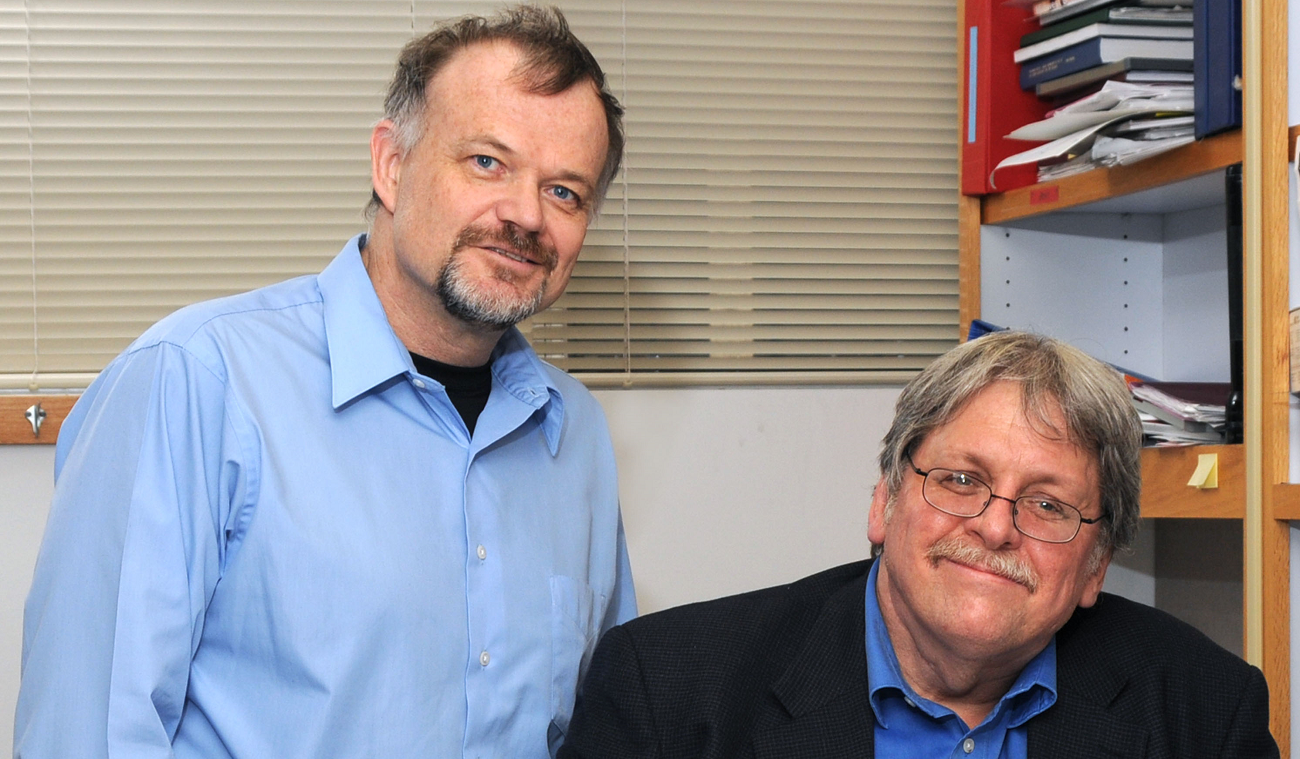
“The BCM Human Genome Sequencing Center led by Dr. Richard Gibbs completed some of the first personal genomes, including Jim Watson’s and mine. For my genome, it was extremely exciting to find the disease-causing variant alleles and the gene responsible for CMT disease in my family,” Lupski said. “My family was particularly helpful to the research efforts. All family members volunteered to participate in the studies and three generations of samples were available, including affected and unaffected individuals, which maximized the interpretation of the sequencing data.”
The sequencing of Lupski’s genome was compared to the published human genome. By focusing on genes known to be involved in CMT, Lupski and his colleagues identified two recessive mutations (one missense, one nonsense) in the SH3TC2 gene. The results were published in The New England Journal of Medicine in 2010.
Lupski’s legacy extends beyond scientific discoveries. For years, he has been training the next generation of human geneticists, leading by example and planting the seeds (pea seeds?) of teamwork, perseverance and scientific rigor. And sharing words of wisdom.
Facing a challenge? “Focus on the issue that delays team progress the most.”
Discouraged by the results of experiments? “Controls, controls, controls – look back at your controls and learn from them; including how you might add further controls before repeating your experiment.”
Lupski’s is truly a multidisciplinary, international lab.
At the time of this writing, the Lupski lab has trained 18 M.D. fellows, 15 M.D./Ph.D. fellows, 34 postdocs, 34 predoctoral graduate students and three master’s students – 104 trainees in total.
Currently, he has trainees from Afghanistan, China, Egypt, India, Jordan and the U.S. (Philadelphia). Many more scientists have learned from and have been inspired by his lectures, conversations and publications.
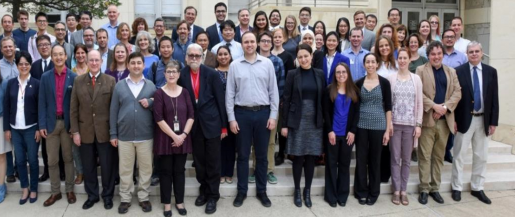
On June 4, Lupski joined the ESHG community to share what his life-long professional and personal experiences have taught him about “Biology in balance: gene dosage and genetic models as paths to characterizing and mitigating disease.” He further explored how the principles of biological balance and complementarity underlie all of life science, evolution, evolutionary medicine and genomic medicine.
Lupski’s has been an exceptional personal journey advancing human genetics and inspiring scientists around the world. “Not many people have the opportunity to participate in human genetics and genomics research, both as subject and physician-investigator,” he said.
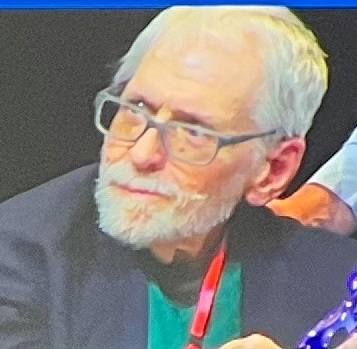
Dr. James R. Lupski is the Cullen Endowed Chair and professor of molecular and human genetics and pediatrics at Baylor College of Medicine. He also is a member of the Human Genome Sequencing Center and the Dan L Duncan Comprehensive Cancer Center at Baylor, and a Clinical Geneticist and Clinical Molecular Geneticist at Texas Children’s Hospital and six other BCM affiliated hospitals. Image courtesy of Dr. Christian Schaaf.
Follow From the Labs on X @BCMFromtheLabs and Instagram!

